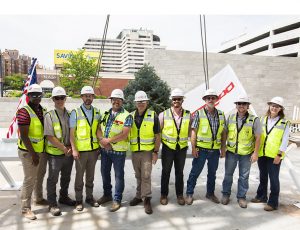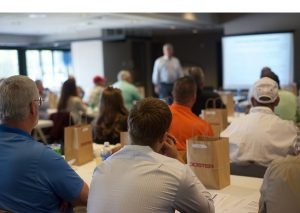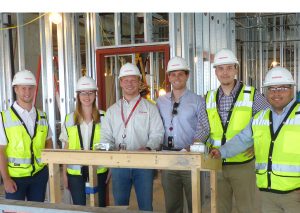 The unrest of 2020 has inevitably shaped the trends and outlook for 2021. Areas that stand out as indicators across sectors in 2021 include reliance on digital technologies; growing concern about exposure to further trade issues; finding new growth markets or applications; and making supply chains more robust, inclusive of “reshoring,” or diversifying to new areas and suppliers to create more agility.
The unrest of 2020 has inevitably shaped the trends and outlook for 2021. Areas that stand out as indicators across sectors in 2021 include reliance on digital technologies; growing concern about exposure to further trade issues; finding new growth markets or applications; and making supply chains more robust, inclusive of “reshoring,” or diversifying to new areas and suppliers to create more agility.
Reshoring is the practice of bringing manufacturing and services back to the U.S. from overseas. It’s a fast and efficient way to strengthen the U.S. economy because it helps balance the trade and budget deficits, reduces unemployment by creating good, well-paying manufacturing jobs, and fosters a skilled workforce. Reshoring also benefits manufacturing companies by reducing the total cost of their products, improving balance sheets, and making product innovations more effective.
This supply chain disruption caused by the pandemic and further trade issues is causing challenges across all of our market sectors but has also presented opportunities for industrial growth. The Industrial Division at Doster Construction Company has invested in growing our automotive and warehouse market share and are seeing positive results.
Design-build — where a single firm takes on the responsibilities of architects, contractors, and trade partners has been the method of choice for our industrial clients. The popularity of this nimble type of delivery allows for more organized feedback, natural teamwork alignment, enhanced communication, and a speed-to-market advantage. With this method, Doster is assisting in site selection, material feasibility selection, and value analysis modeling.
We have found that most of our industrial projects are delivered through a true design build or an Integrated Product Delivery (IPD) lite type method.
We are seeing alignment when looking at our industrial pipeline, and the general pipeline throughout the country. Manufacturing is down. The AGC estimates as much as a 17% decline in 2021. Warehouse is up. E-commerce, last mile, along with a general need for more storage due to supply chain interruptions is causing the uptick in the need for warehouse and distribution facilities. E-commerce still represents only a small fraction of the overall industrial user base. Uses such as cold storage, vertical agriculture and data centers will continue to grow.
As a whole, the industrial sector provides some optimism during these unprecedented times. The Consumer Construction Index (CCI) was up in Q4 over Q3 with a score of 59. However, we entered the pandemic with an index score of 74. The key drivers of CCI are new business, revenue, and backlog. While contractor confidence in new business is 19 points below pre-pandemic numbers, one bright spot is that current backlog is slightly behind pre-pandemic norms.
Doster is performing well in comparison largely due to its geographic and product type diversity. Our growth in the industrial market has been well timed as we are now very active in the sector. We are seeing growth in tertiary markets across all sectors away from densely populated cities. That trend appears to be continuing as a large portion of our backlog falls in these cities. Our industrial success stems from sharp market pricing, an understanding of how to pull a larger team together, and our 51-year history of delivering predictable outcomes for our clients.
Click here to learn more about our industrial work and contact Jim Davis for more information.



